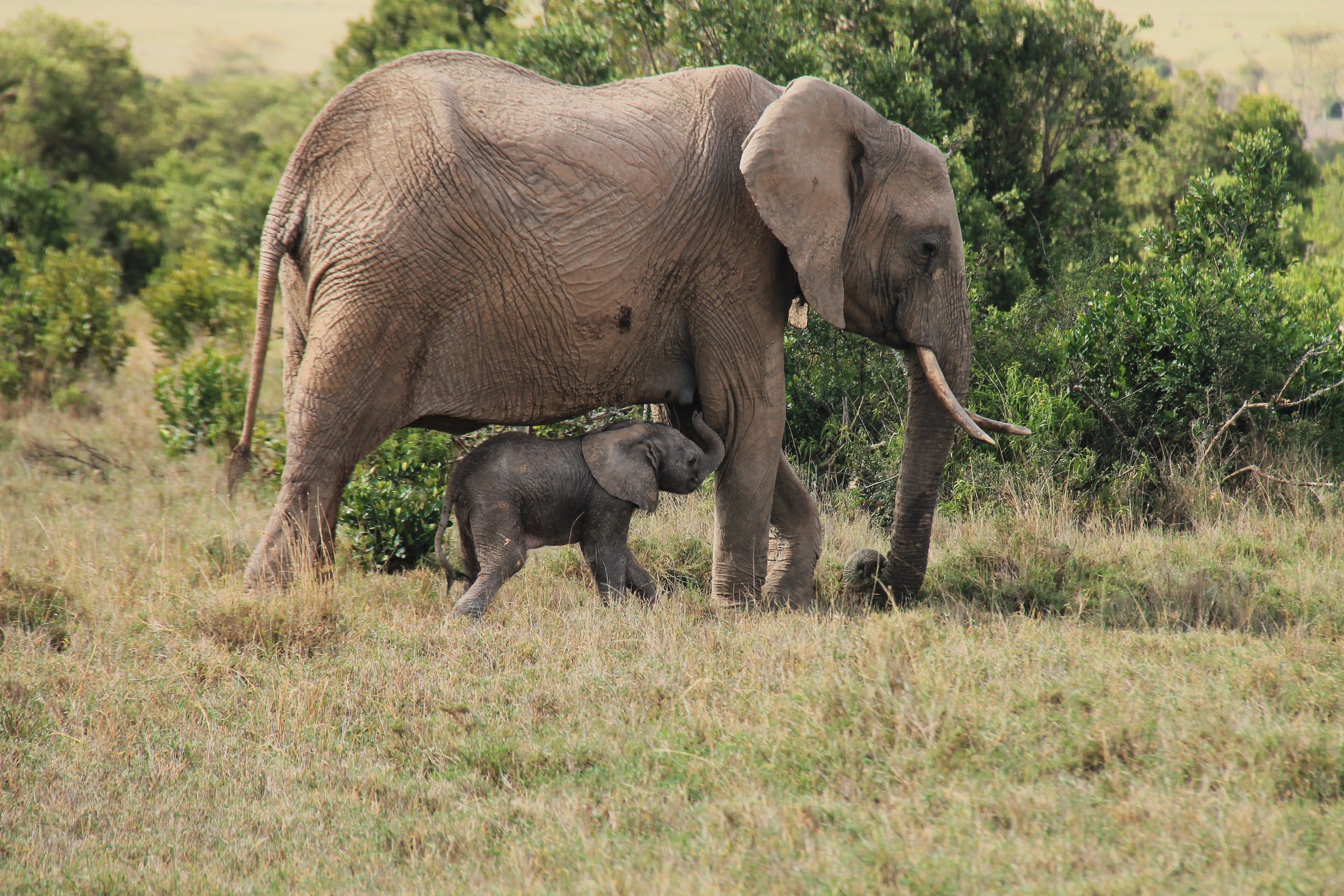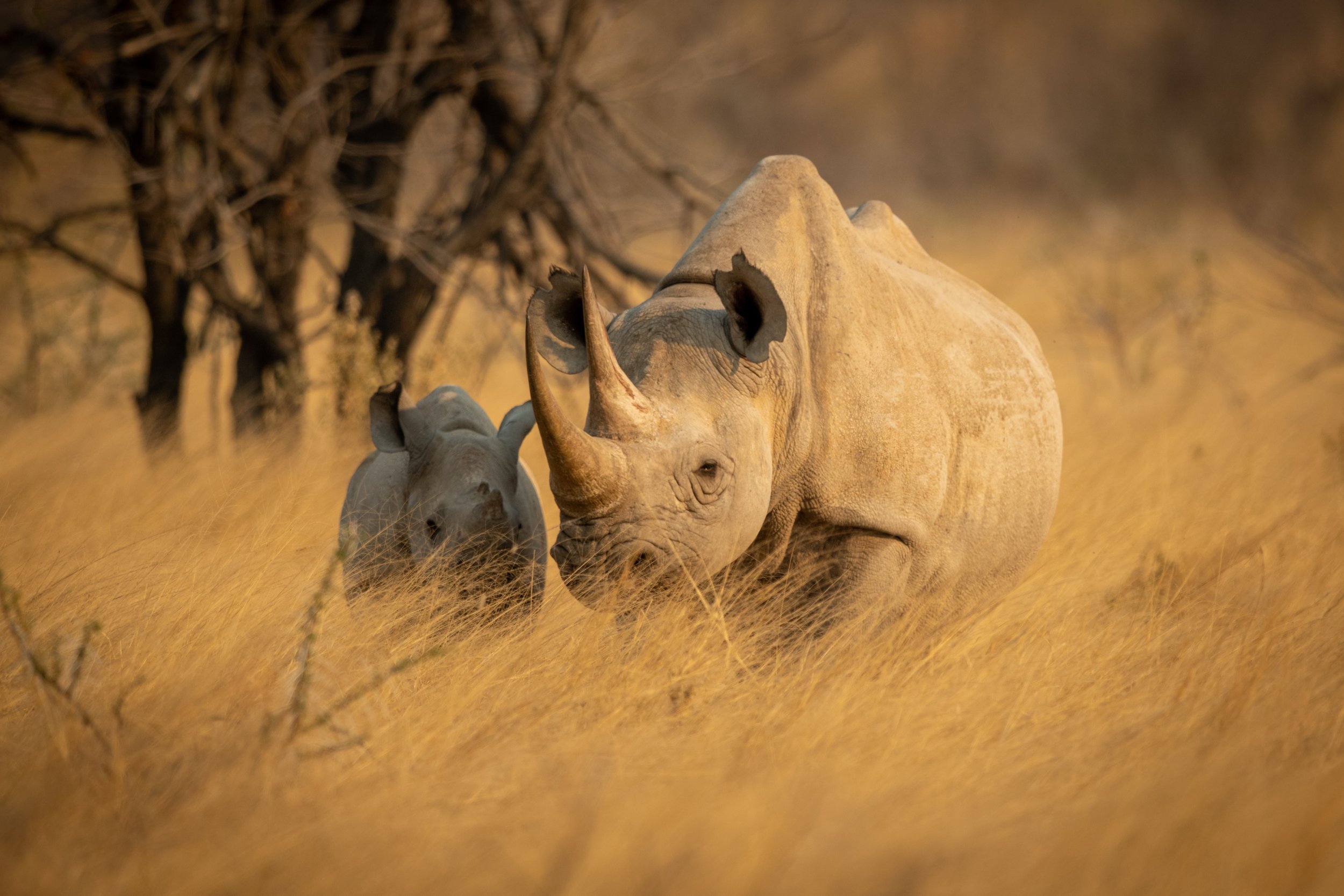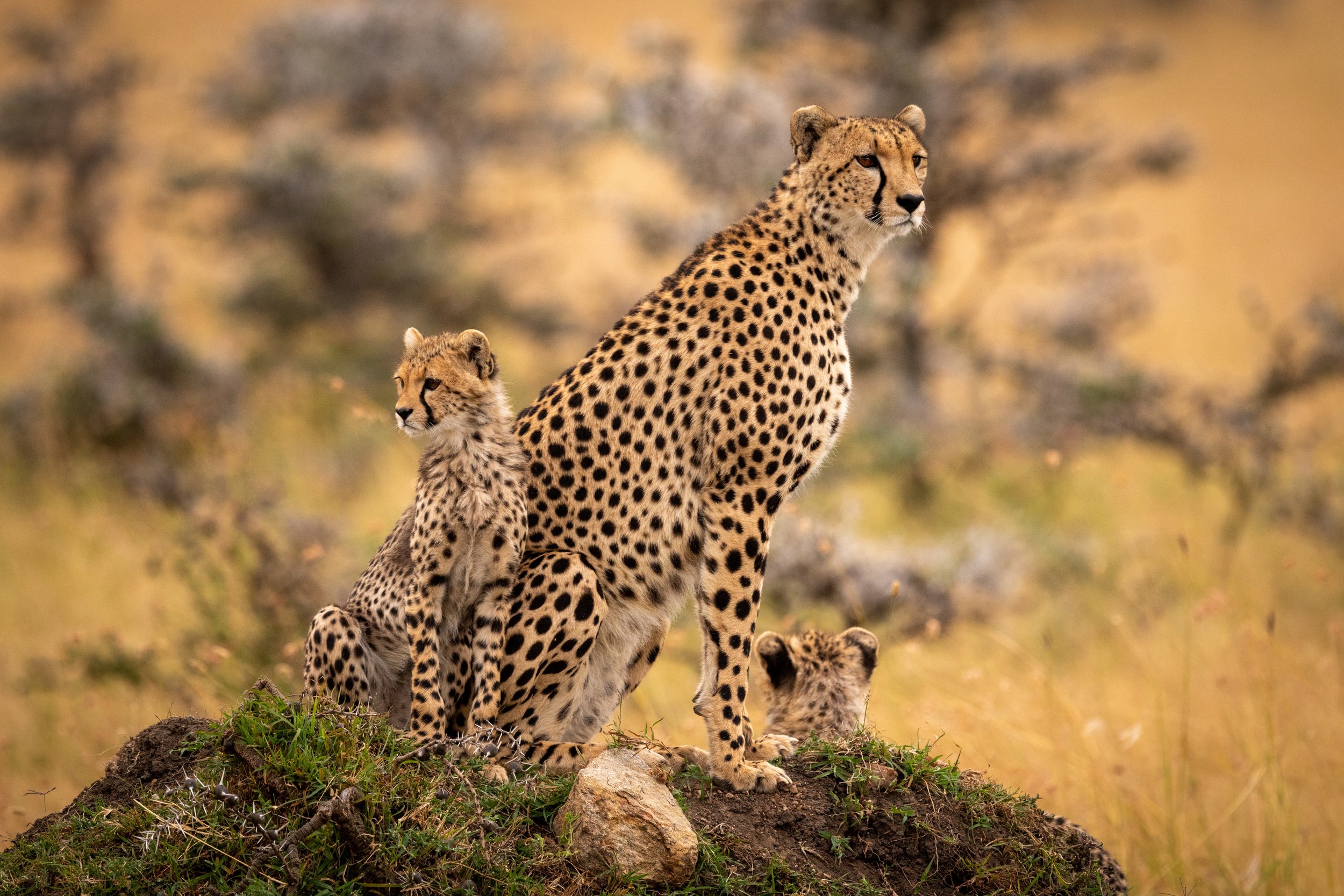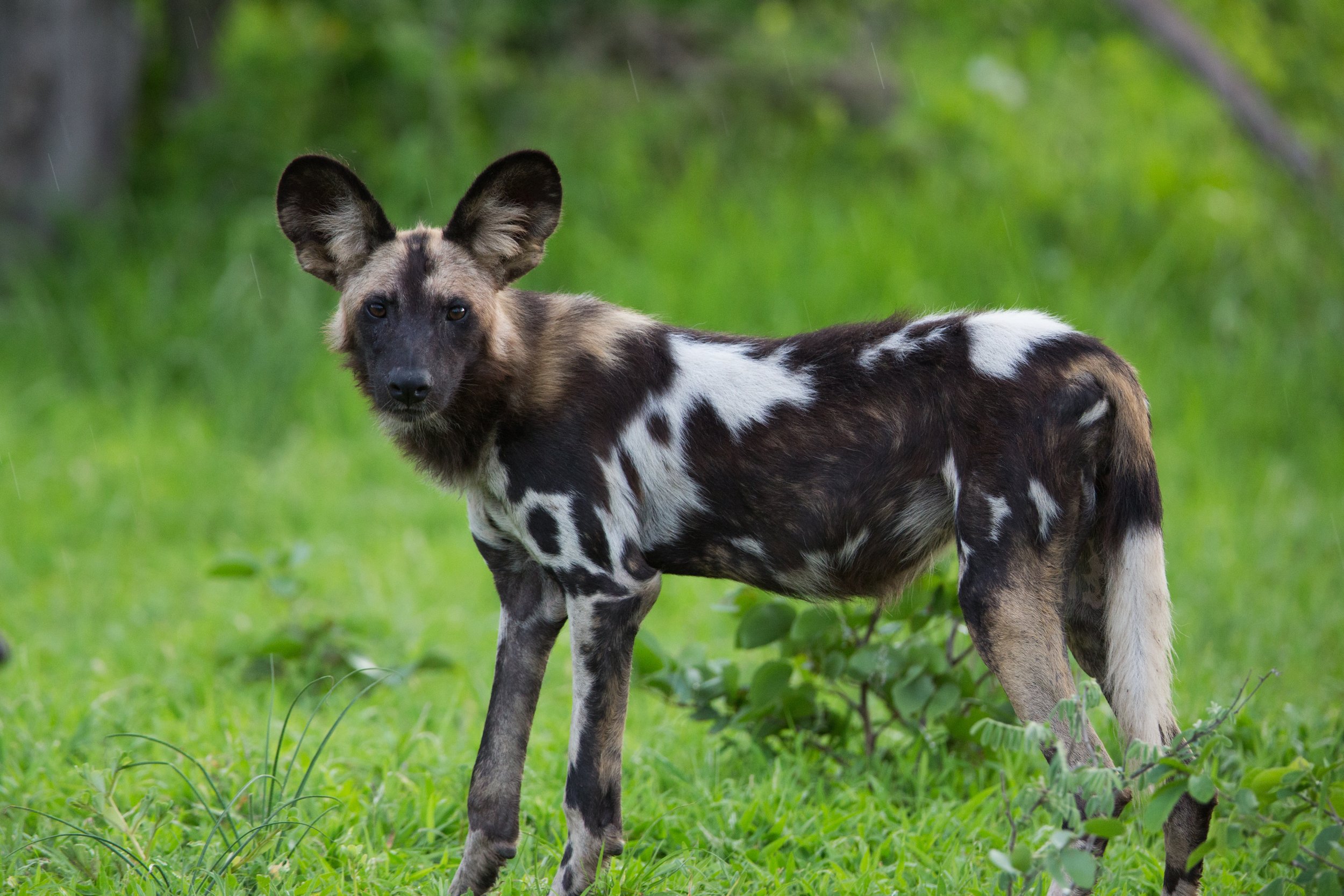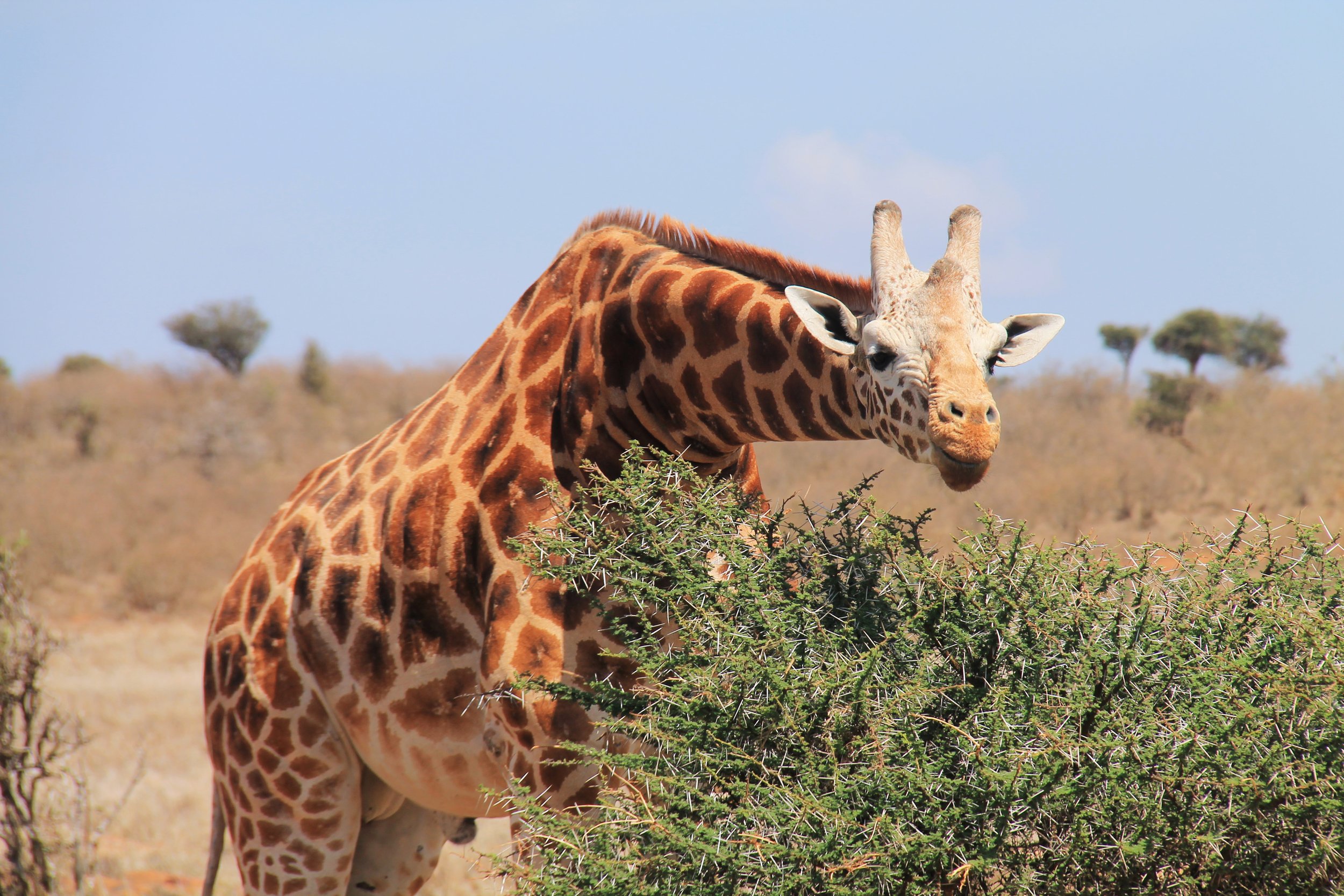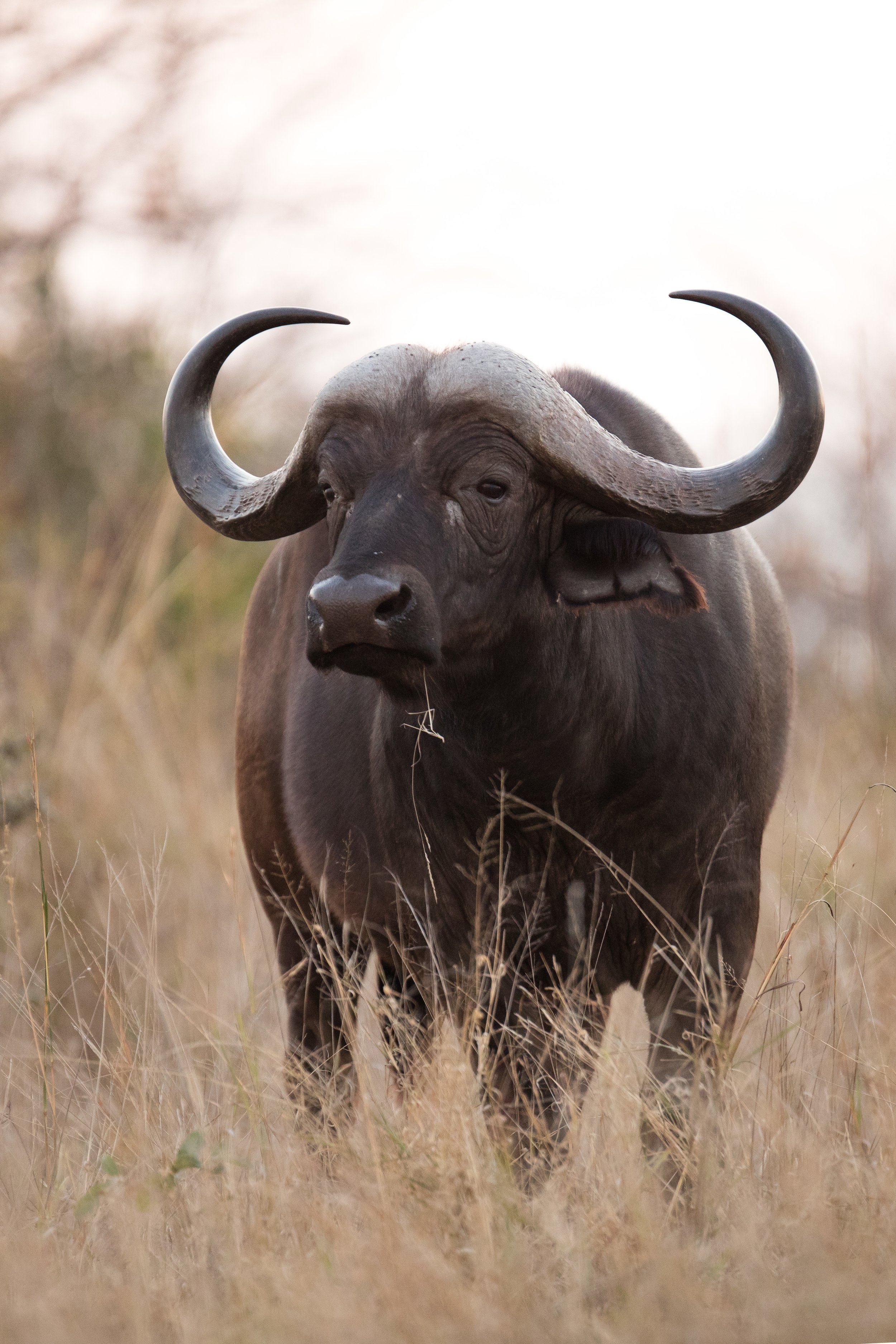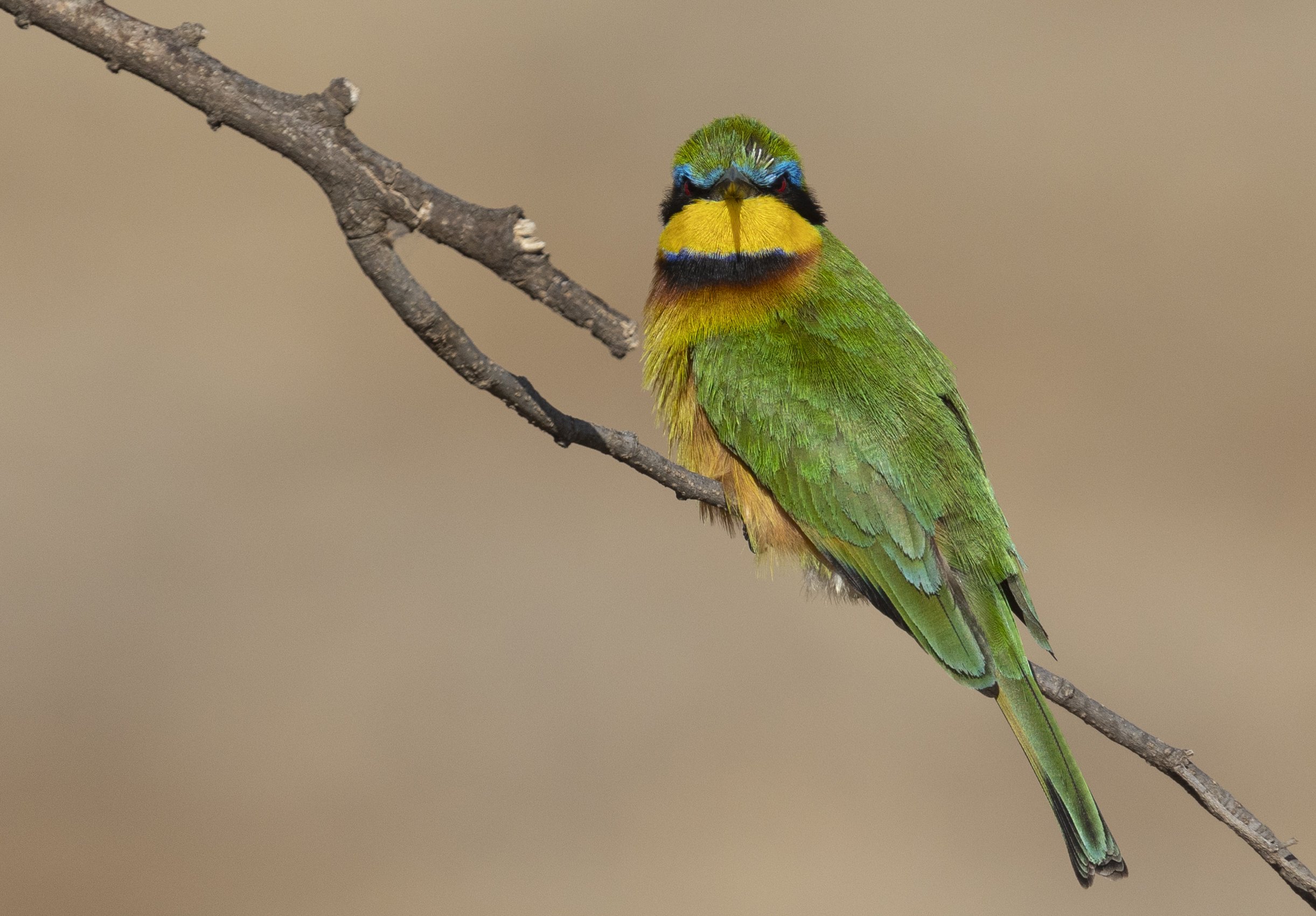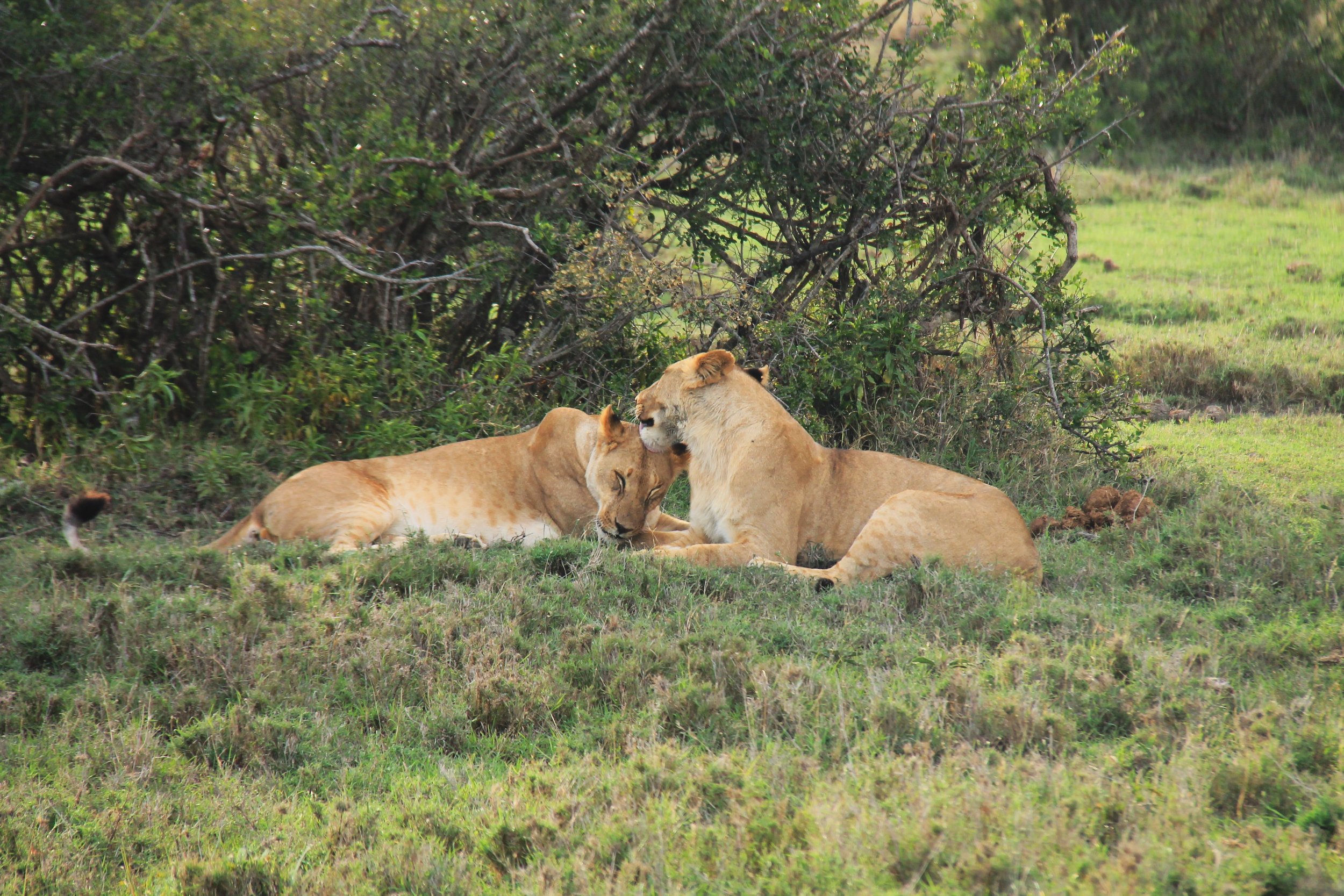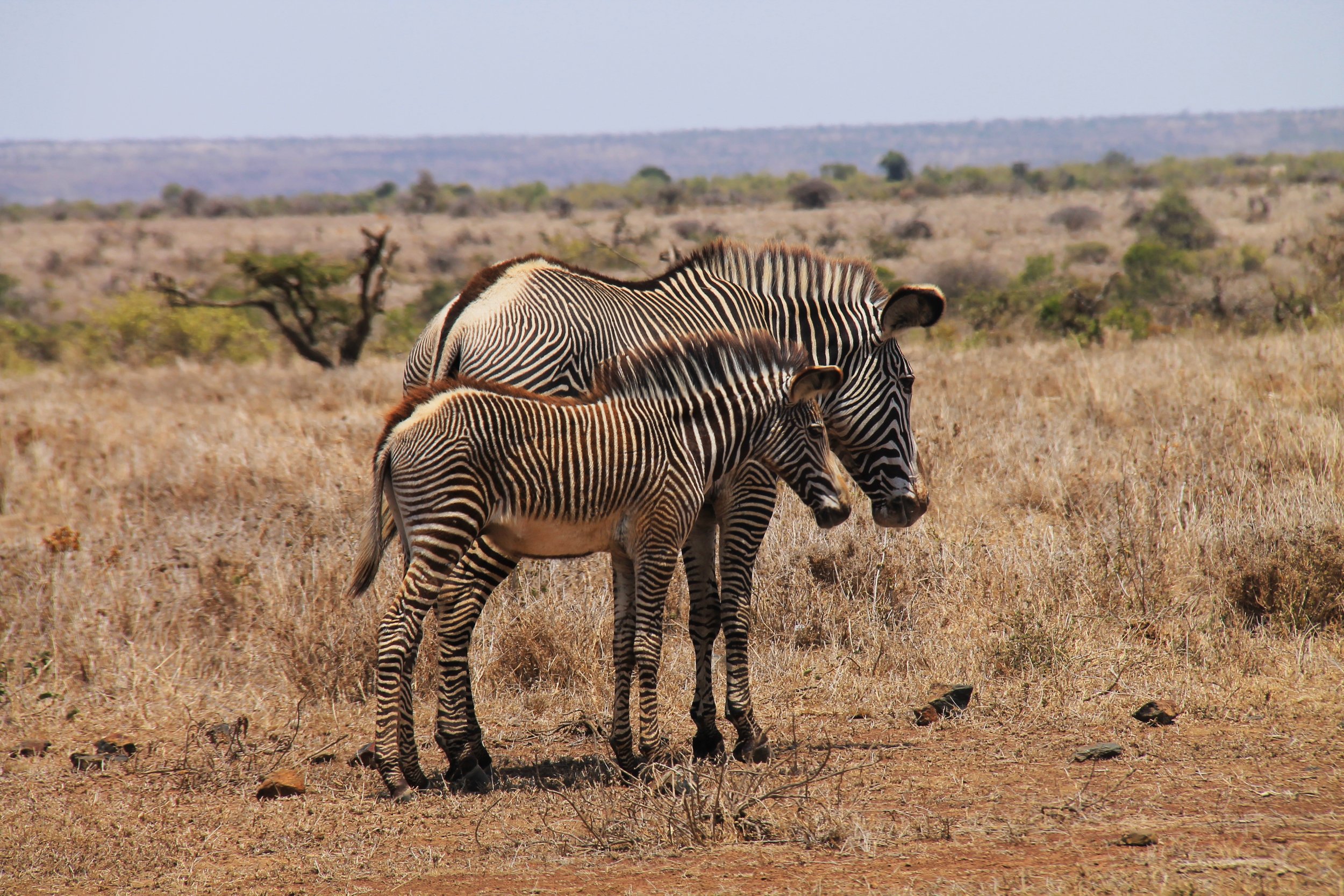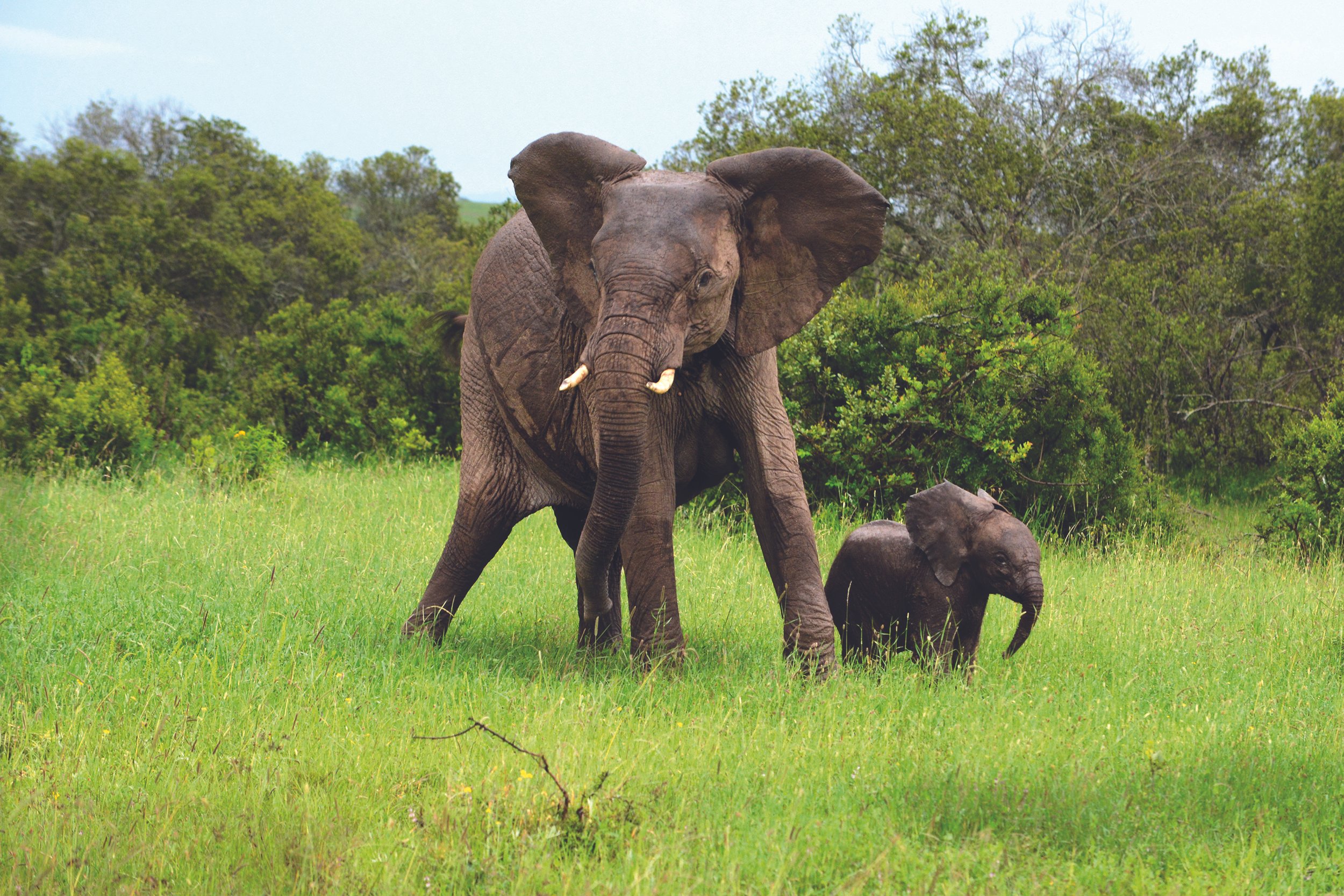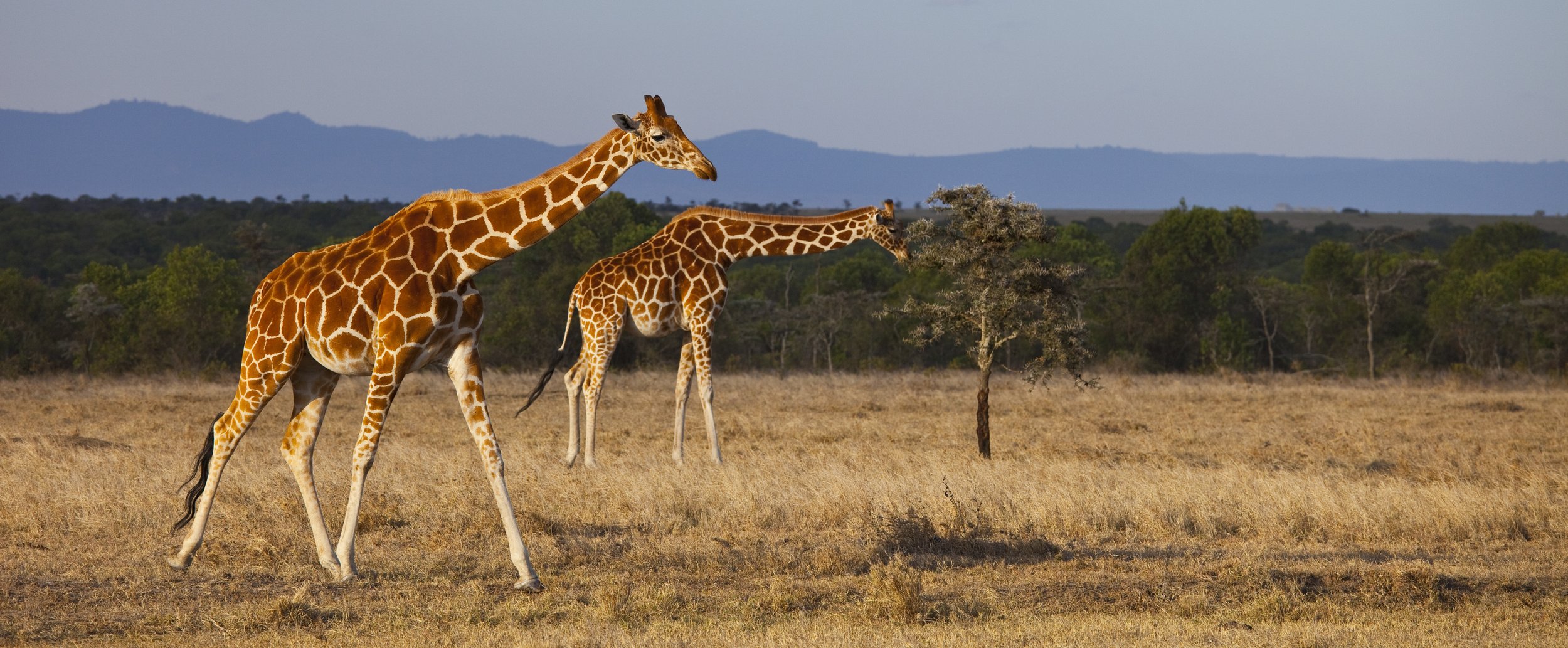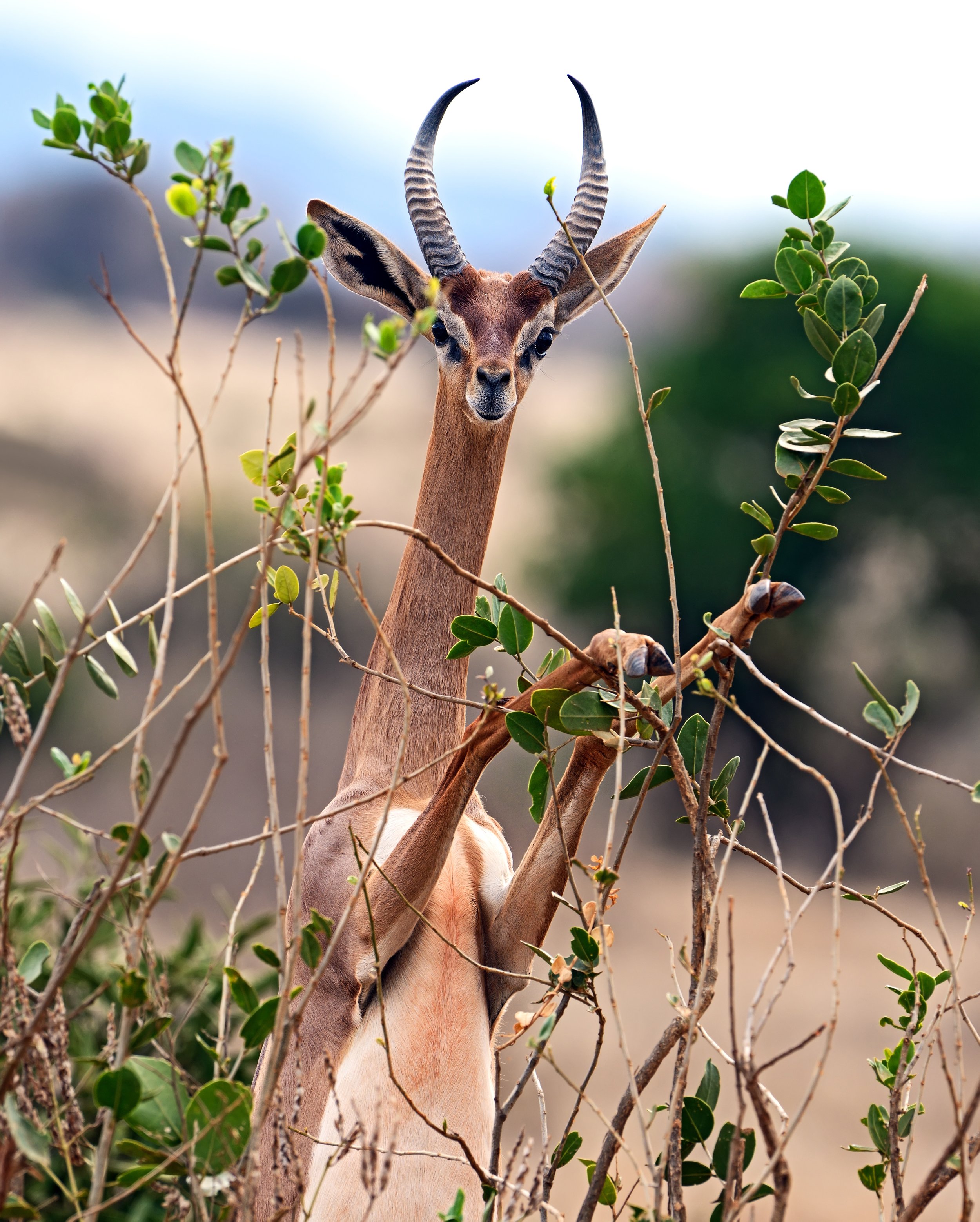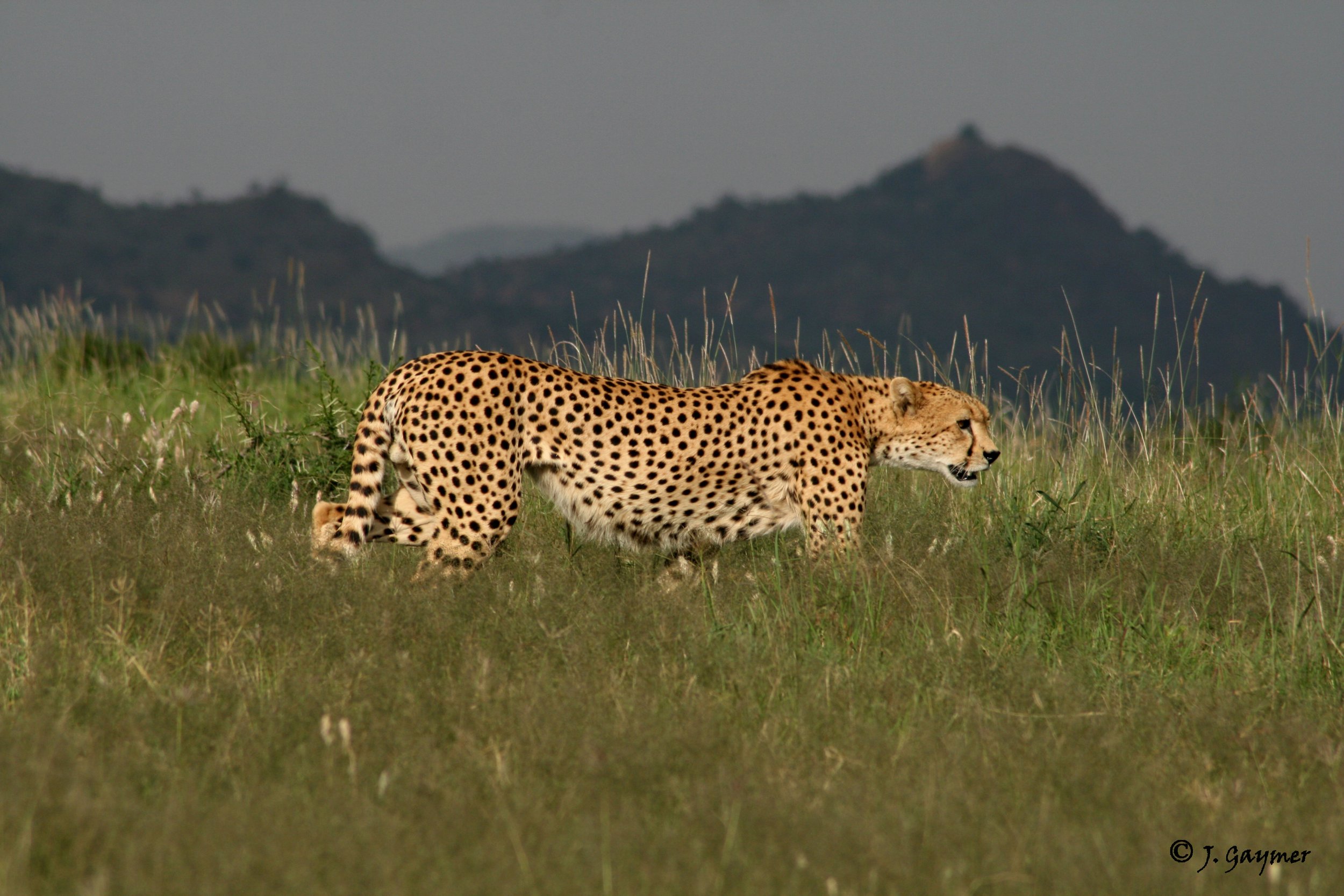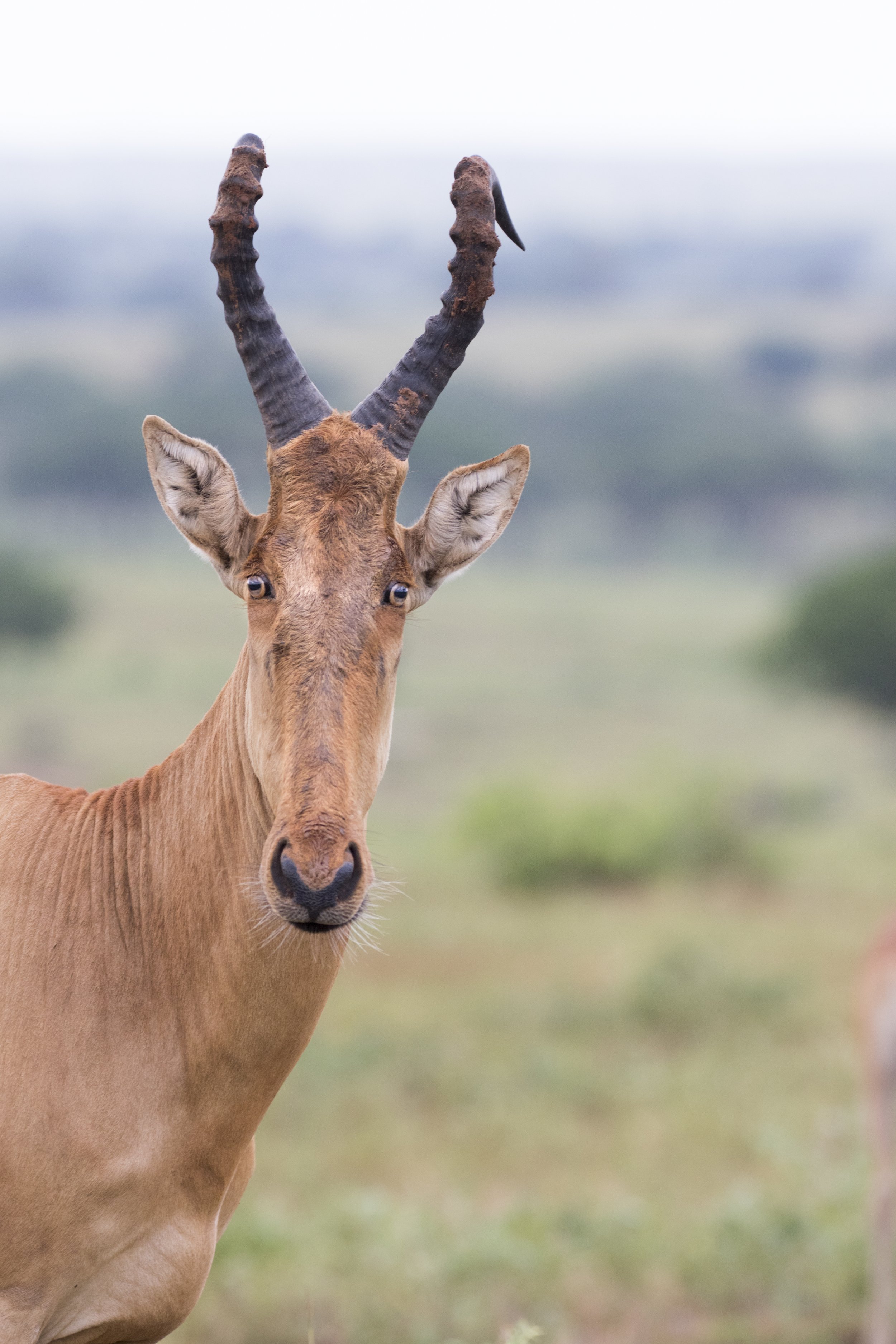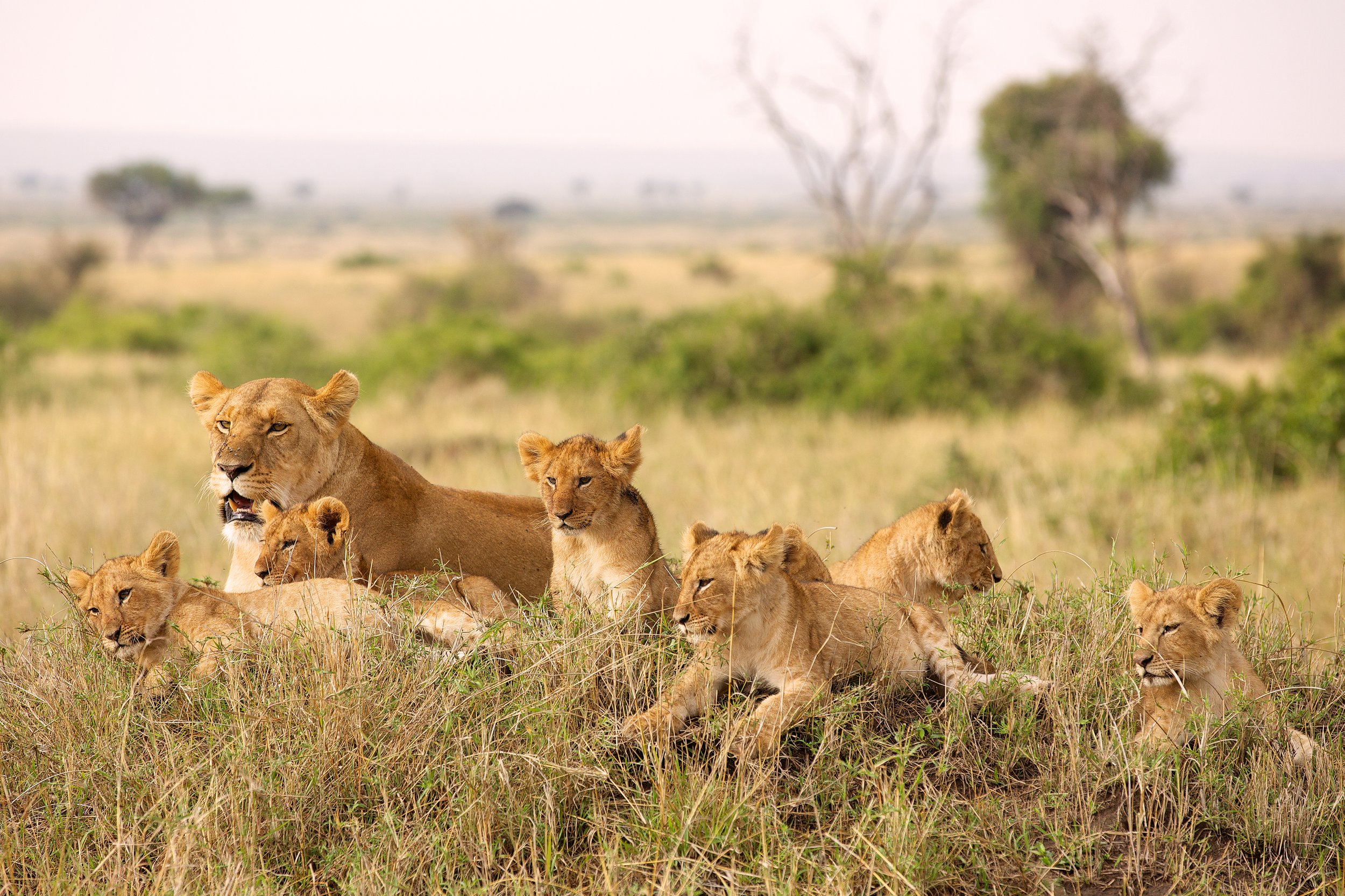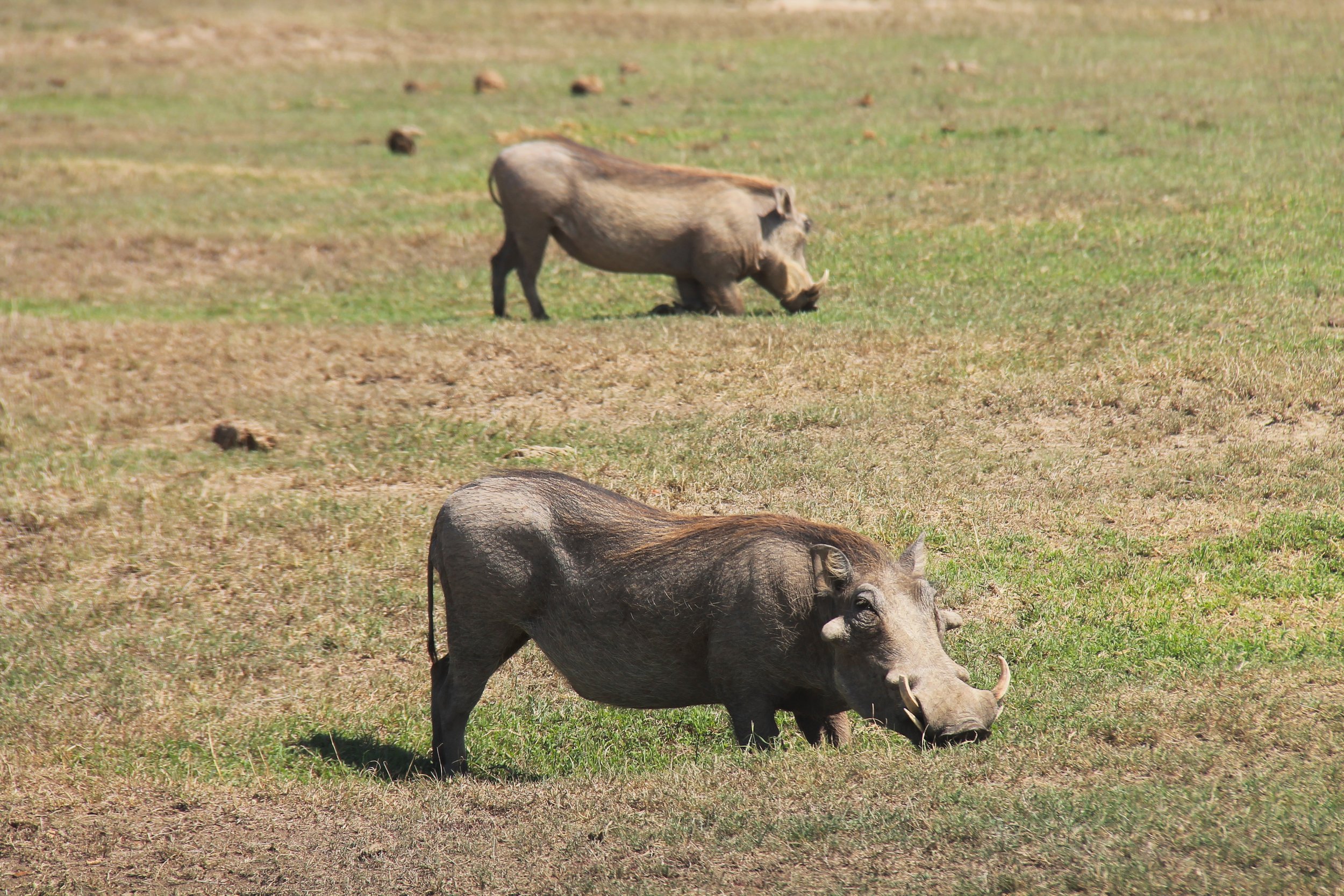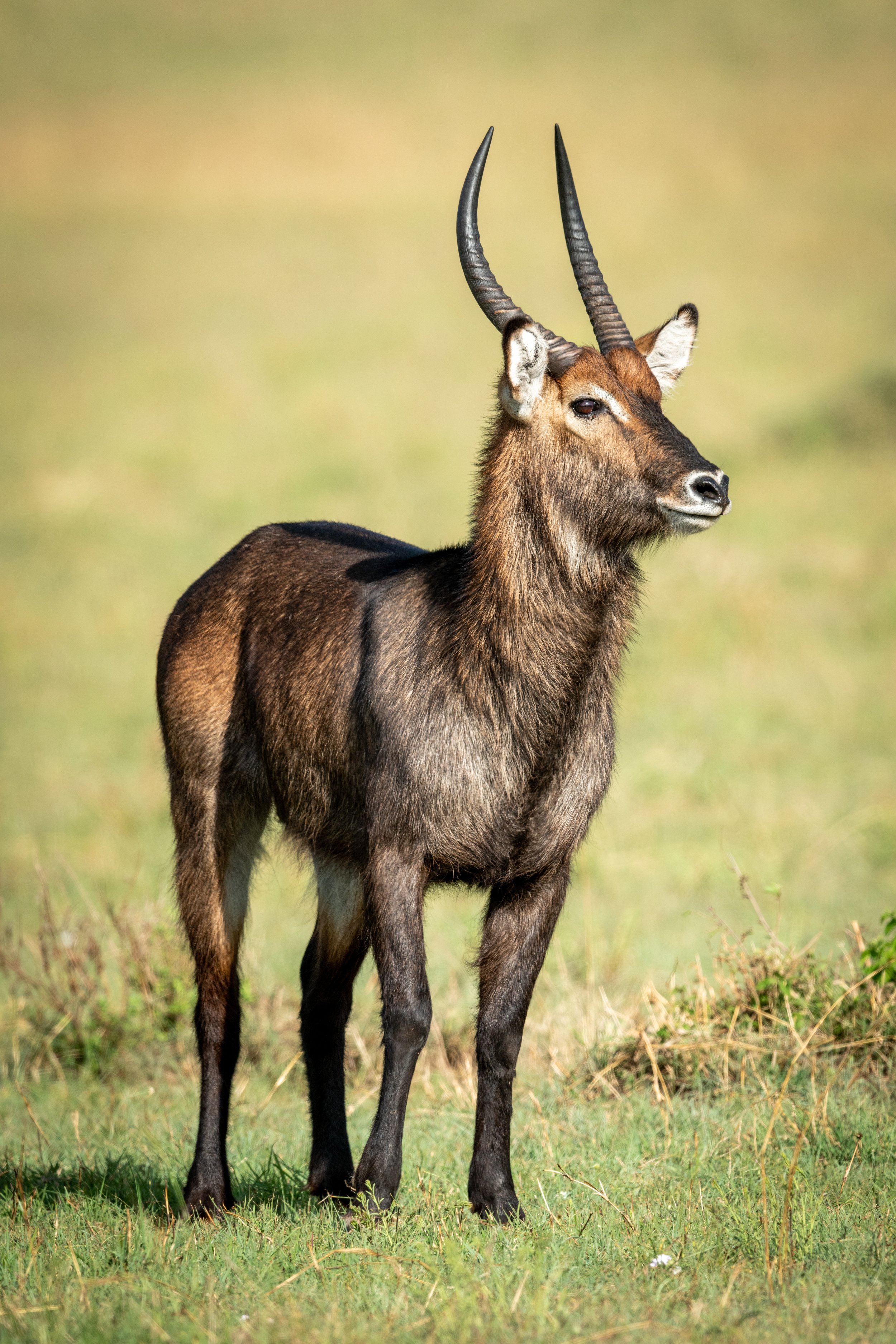Coalition of Kenyan Conservationists Gather in Washington D.C. to Advocate for Increased U.S. Funding
This June, we had the privilege of bringing together key players in Kenyan conservation — Ol Pejeta Conservancy, Ol Jogi Wildlife Conservancy, Tsavo Trust and the Association for Private and community Land Rhino Sanctuaries (APLRS) — for high-level meetings in Washington, D.C.
Our mission was clear: to advocate for increased U.S. financial support for African conservation efforts, with a special focus on charismatic species conservation — especially the critically endangered Eastern black rhino. This united coalition represents a significant milestone in large-scale conservation programs, as this is the first time ever that these three organizations presented as a united front to lobby the United States government.
Our coalition was comprised of the following dream team: David Houghton, Director of WildLandscapes International; Cheryl Leonard, Senior Project Manager for WildLandscapes and a veteran of the USFWS; Jamie Gaymer, Conservation Manager at Ol Jogi and Chair of the Association of Private and community Land Rhino Sanctuaries (APLRS); Justin Heath, CEO of Ol Pejeta; Richard Moller, CEO of Tsavo Trust; and two highly-skilled lobbyists, Cissy Jackson and Jeremy Bratt.
The team in front of the U.S. Capitol Building, from left to right: David Houghton, Jamie Gaymer, Justin Heath, Richard Moller, and Cheryl Leonard.
Reviewing conservation strategies with a policy advisor, Vanessa Scott, and the Legislative Director, Gisselle Reynolds for Rep. Mario Diaz-Balart (R-FL-26), in a meeting with Jamie Gaymer, Jeremy Bratt (Government Relations Consultant) and Cheryl Leonard. Rep. Diaz-Balart is the Chairman of the United States House Committee on Appropriations.
Photo Credit: Martin Harvey
“As representatives of the Kenyan private and community rhino conservation landscape… our motivation for the visit was to seek audiences with influential offices in order to tell our story, list our challenges, highlight the opportunities and to seek institutional support for the conservation work that we do… Our narrative was on behalf of rhino conservation in Kenya in its totality. WildLandscapes was instrumental in facilitating our visit and was able to arrange meetings on our behalf and without whom, would unlikely have happened.”
During our time in D.C., we met with key members of the Senate and House Appropriations Committees to specifically target increases in funding from USAID, INL and the Multinational Species Fund. Additionally, we lobbied to change the grant terms to become less restrictive and require less overhead in order to allow smaller, community-led INGOs to access the U.S. federal funding more readily.
WildLandscapes formed this coalition because we understand that locally-driven conservation projects are the key to sustainable success that leads to biodiversity protection, environmental justice and carbon sequestration. Each of our partners have excellent models for conservation set in place; our goal is to help bring these models to scale. Furthermore, we believe that we are stronger together in the fight for conservation. In the words of Richard Moller,
Cheryl Leonard, Justin Heath, Jamie Gaymer, Senator Tom Carper (D-DE), Cissy Jackson (General Counsel, ArentFox Schiff), Richard Moller and David Houghton pose after an important meeting on increasing U.S. federal funding for conservation in Kenya in forthcoming fiscal years. Currently, Senator Carper is the Chairman of the Environment and Public Works Committee, a senior member of the Homeland Security and Governmental Affairs Committee and on the Finance Committee.
“Working in conservation in isolation simply cannot succeed. There are so many moving parts and so many differing activities that are constantly changing in the field of conservation. Politics plays a key part also. The only way to achieve this [vision] is to work as a coalition with our partners. There is no question that WildLandscapes is well positioned to “open doors” for a project of this magnitude. They have the experience and are tried and tested in this arena. [We are] field based in Tsavo and not in a position to have the same effect or understanding of where to pitch. The recent visit to D.C. made it very clear to me that WildLandscapes is an appropriate entity to partner with and make this conservation story the success that it deserves.”
Kenya has made impressive strides in curbing wildlife poaching, resulting in a growth in rhino populations. However, this success story has introduced a new challenge: rhino conservancies are running out of space. With rapidly increasing land use pressures stemming from an ever-growing human population, there is an urgent need to expand and connect habitats to accommodate the increasing rhino populations, protect historical migratory routes for elephants, and create opportunities that tangibly benefit the local communities. As the anchor species, the Eastern black rhino’s well-being reflects the health of the entire ecosystem. Through the formation of this coalition, we're not only protecting rhinos, but also the countless other species, ecosystems and people that rely on them.
We recognize that conservation and humanitarian agendas are complexly intertwined, thus we must evolve our strategy to ensure sustainability. What we need is a multistakeholder approach that takes into account public-private partnerships as well as the needs of proximate communities, and delivers a clear voice for unilateral objectives.
“It is widely recognised that global conservation initiatives are financially constrained. The economic deficit is one of the greatest conservation challenges. Inevitably it has become a very competitive space as actors seek to secure financial support for their individual programs. [We] have recently resolved that a collaborative approach to fundraising is ultimately more efficient and likely to secure larger support. Whilst it is evident that we still require to operate at an individual conservancy level, a collaborative approach to fulfill our mutual objectives is likely to be more effective. It is refreshing to be lobbying together with fellow conservationists to address landscape level conservation that will ultimately have a bigger conservation impact and benefit more wildlife and people.”
Justin Heath, Jamie Gaymer and Richard Moller are happy to be in front of the White House.
“The goal of growing Kenya’s population of Eastern black rhino from 966 to 2,000 by 2037 is bigger, hairier and more audacious than we as a single property can achieve. Individually I don’t believe we will achieve it; as a team we can make significant contributions to biodiversity and nature in Kenya and globally. …WildLandscapes has, unselfishly, plugged us into their donor network and we have received numerous grants through them. WildLandscapes gives us access to decision makers in Washington, in return we are able to provide a credible voice on the impact of U.S. Government funding: We provide tangible results and proof of this generosity at work.”
In summary, our vision is to champion the unhindered movement of species and the establishment of interconnected landscapes, helping rhinos thrive in today’s changing world and preserving their genetic diversity for future generations.
We believe that these investments are some of the lowest cost opportunities to generate the highest goodwill globally for the U.S. Government. Increasing funding is a win-win for all. We're excited to report that our meetings with policymakers have been productive, setting us on a promising trajectory for increased U.S. federal funding in fiscal years 2024 and 2025. This brings us one step closer to our vision of a continuous wildlife corridor in Laikipia. By working together, we can secure ample habitat for these magnificent creatures.
We want to reaffirm and thank the U.S. Government for their continued support of these conservation efforts. The U.S. Government has invested a lot already in the Laikipia region, and we’re hopeful for what the coming years will bring.
When asked how it feels to be lobby with fellow conservation actors rather than in a siloed fashion for his own conservancy, Justin Heath replied:
ABOUT THE LAIKIPIA REGION:
Nestled in East Africa, near the biologically rich Horn of Africa, the Laikipia-Meru-Samburu ecosystem stands as one of Kenya’s most vital wildlife landscapes. The region is home to an impressive 43% of Kenya’s critically endangered Eastern black rhino population and 80% of its southern white rhinos. It also sustains Kenya’s second-largest African elephant population–exceeding 7,000–and substantial populations of apex predators such as lions, leopards, cheetahs, and wild dogs. Moreover, Laikipia is a sanctuary for a wide array of ungulates, housing over 60% of the global populations of endangered species like Grevy’s zebra and reticulated giraffe. It also supports Lelwel hartebeest, endangered Beisa oryx, gerenuk, and a bird community of over 400 species.







